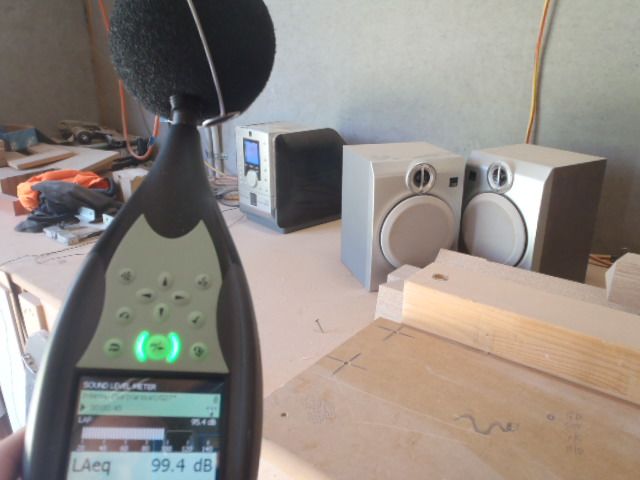Safe Environments was recently engaged to undertake a noise survey of a wood joinery and carpentry workshop in the Liverpool, Campbelltown and Wollongong area. The effects of noise are well known and many carpenters understand the effects of being exposed on a regular basis to hazardous noise. However this risk is not communicated well to younger staff who should have to go through the experience of losing their hearing to understand the effects of noise exposure.
The purpose of the assessment was to assess the daily noise exposure and sound levels produced during specific tasks according to AS 1269.1. The working week comprises Monday to Friday, generally from 6 am to 2:30 pm. Breaks include 20 minutes around 8 am for morning tea and 40 minutes for lunch around 12 pm. It is understood that overtime may occur, which affects the assessment to noise exposure. Average overtime is approximately 4 hrs a week which typically relates to a 40 – 48 hours working week. As a result of the overtime being less than 10 hours, there is no adjustment to normalised noise exposure levels for extended shifts as per AS 1269.1 Clause 9.4 & Table 2.
There generally isn’t significant ototoxic agents within carpentry / joinery wood working facilities however there is generally a significant degree of Hand Arm Vibration (HAV). Exposure to hand transmitted vibrations can exacerbate the effects of noise and the majority of tasks within the joinery workshops are tasks such as grinding and cutting are likely to expose workers to significant HAV and it is recommended that noise levels be attenuated to below 80 dB(A) for an 8 hour shift as per the Safe Work Australia national code of practice, unless shown otherwise to be 50 % below the exposure standard for Hand Arm Vibration (HAV).
Safe Environments can undertake HAV testing on equipment and processes to Australian Standard AS 2763 Vibration and shock-hand-transmitted vibration – Guidelines for measurement and assessment of human exposure.
WorkCover NSW have a good factsheet on noise which is entitles “Noise in the wood product manufacturing industry”. This provides a good initial advice to start to understand the inherit risks and how to approach noise exposure.
The first step is to have a noise survey undertaken to measure the specific machines that are used. The majority of noise sources are from power tools cutting, shaping, sanding wood along with dust extraction system and two stereo systems to listen to radio. The noise levels of the machines can change depending on how well services the wood working equipment is and how sharp the tools are. The blunter the equipment is, the more noise tends to be produced.
In this noise survey within the Wollongong, Campbelltown & Liverpool area, the issue tended to surround the radio which was used. The radio was turned up almost to its highest level in so that the workers could hear it above the noise. The main implication from the noise survey being that the radio itself adds to the noise exposure of the people working in the joinery / carpentry section. It was found through the use of Personal Sound Exposure Meters that the difference was approximately 3 dB(A).
A difference of 3 dB(A) may not sound too much, but this is in effect a doubling of the noise that the workers in the joinery / carpentry section are exposed to on a daily basis. As a result it is recommended that the radio not be used to also assist in hearing warning tones from forklifts and reduce communication barriers.
For more information on noise surveys in Campbelltown, Minto, Liverpool or Wollongong in NSW, please call us on 02 9621 3706 or email Sydney@NoiseTesting.info
Author: Carl Strautins

Email: Carl@SafeEnvironments.com.au
Carl Strautins is a managing director of Safe Environments Pty Ltd a multi-specialist consultancy operating in the building, construction and property management industries. He provides the necessary guidance and risk minimisation strategies required by architects, construction companies and facility managers to ensure they mitigated their risk to property risk. He is engaged on a regular basis to provide expert opinion for disputes and legal proceedings. Click here to know more about him.


